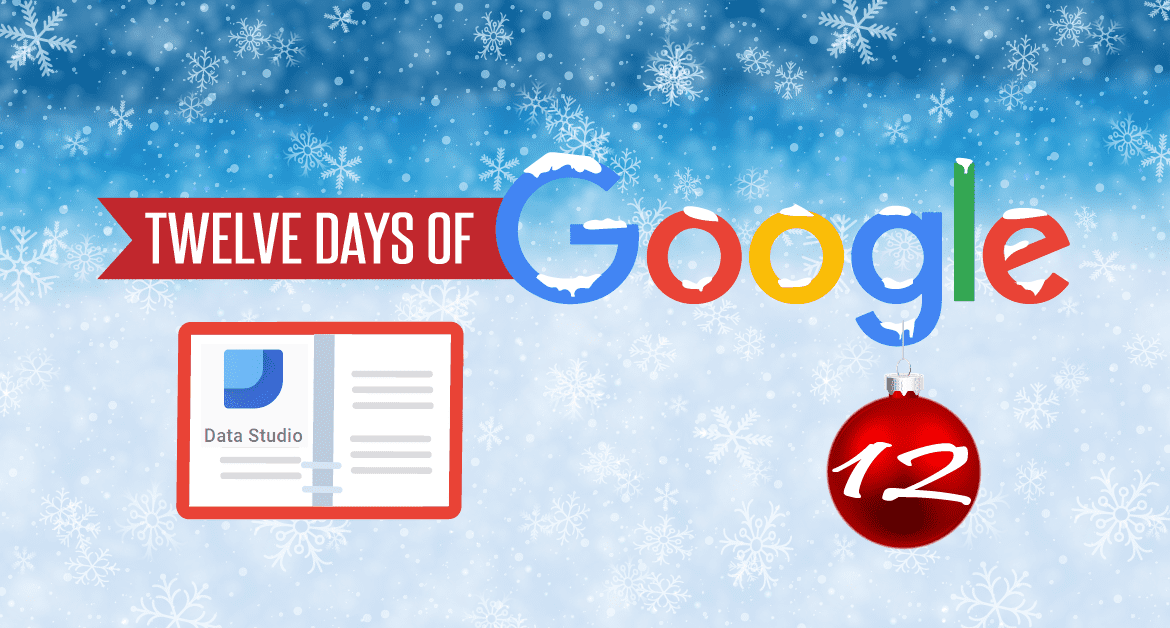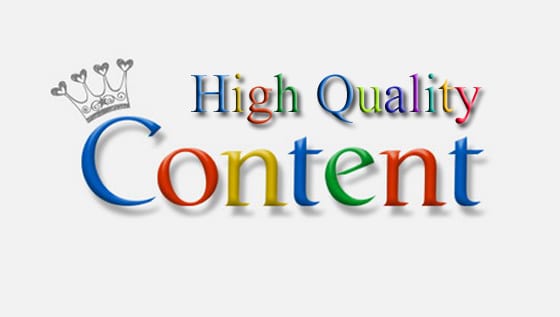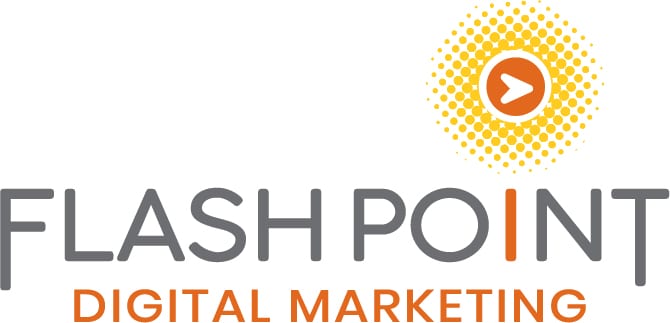Author Archive

12 Days of Google – Day 10: Bounce Rate
Bounce Rate – This information is available in your Google analytics account and measures total site engagement. The bounce rate is the percentage of users who enter a site and then leave it without viewing any other pages. When the bounce rate is too high it means that your website is not engaging site visitors.
Read More →
12 Days of Google – Day 9: Sitemaps
A sitemap is a page which provides a link to every user accessible page on a website (except gated content). The purpose of this page is to make it easier for users to find desired content and clarify the information architecture. There is also a XML version of the sitemap which is meant primarily for Googlebot (and others to crawl) to gain information on site layout and when new content is added
Read More →
What is Quality Content?
Learn about what is quality content and how to approach the topic. Understand the importance of making your firm’s approach different and unique. The includes asking the hard question about how your firm can approach an issue, topic or other problem in a way that creates value for clients. Once you have determined how you will add value it’s only a matter of time until your site become a hub activity. Keep asking how are we adding value, who are we serving and how are we doing it differently than other CPA and accounting firms.
Read More →
New Google SEO Starter Guide Published
Last week Google announced that it has published a new version of the dated search engine optimization (SEO) starter guide. The guide is a “must have” tool for any accountant or accounting marketer looking for best practices on steps they can take to position their website with Google. While some of the information is technical in nature it does provide a baseline of information to get interested parties started. The guide replaces the prior version and renders the Webmaster Academy obsolete because it covers essential information that was previously available in the two locations.
Read More →
12 Days of Google – Day 7: Page Rank
Page Rank is a measure of a website’s trust and popularity and is based on the Google algorithm. It is typically noted as a value between 0 and 1. The closer to 1 the value, the higher the page rank and increased position in the Search Engine Results Page (SERP).
Read More →
12 Days of Google – Day 6: Long Tail Keywords
These are keyword terms which are generally longer and more specific designed to attract users searching on a specific question, issue or challenge. Long tail keywords are generally used in a more advanced SEO keyword planning and ranking program. For a example, a user may search for Denver CPA which is broad while Denver CPA business valuation experience would be a long tail search. Most are surprised to learn that long tail searches are more popular and with the emergence of voice it will continue to grow in popularity.
Read More →
12 Days of Google – Day 5: Googlebot
Googlebot is a program that visits each site on the internet and automatically indexes new content and other changes for Google. Other search engines have their own version of a bot, but they all accomplish the same objective to regularly scour the internet to find new content and add it to the search engine index. It’s important to note that Googlebot doesn’t visit a website everyday rather at a set interval
Read More →
12 Days of Google – Day 4: 301 Redirect
On the fourth day of Google FlashPoint Marketing told to me – 301 Redirects.
This is a type of redirect used to tell search engines that a page on a website has permanently moved. This is typically used when a website has been redesigned and the new URLs don’t match the existing URL’s. These redirects are added to the websites .htaccess file on apache servers or through WordPress plugins if you using this CMS. A 301 redirect allows the website owner to retain the SEO value of a page once it is moved.
Read More →
12 Days of Google – Day 3: Alt Text
Most don’t realize that search engines like Google are unable to “see” images. As a result, the Alt Text tag was created to give the website owner the opportunity to provide a brief description of the image. It’s used when the graphic is not deliverable or a browser is being used that doesn’t display graphics. This is the only place on a website where it’s acceptable to give different information to the search engine than to the user.
Read More →
